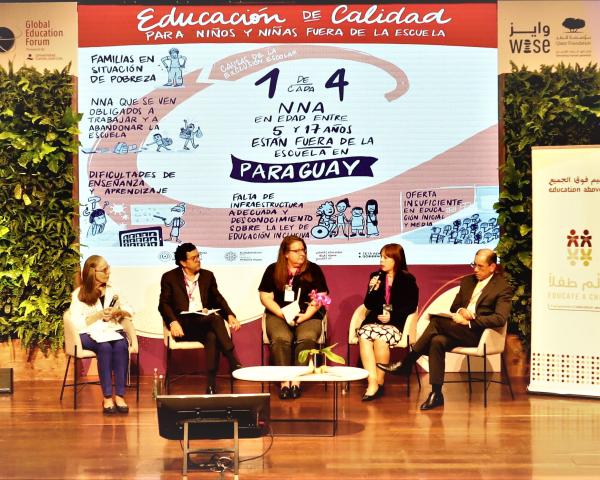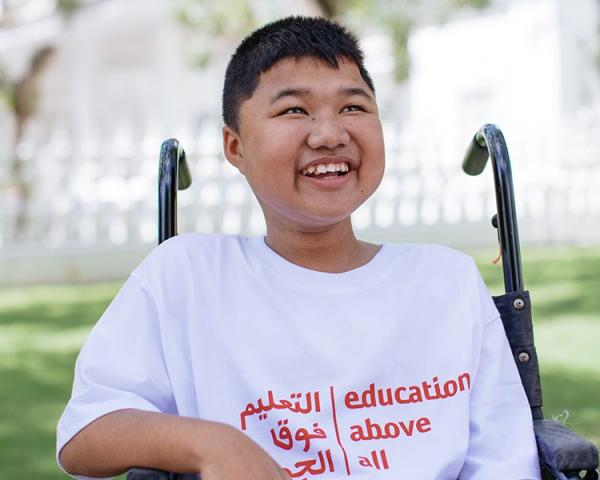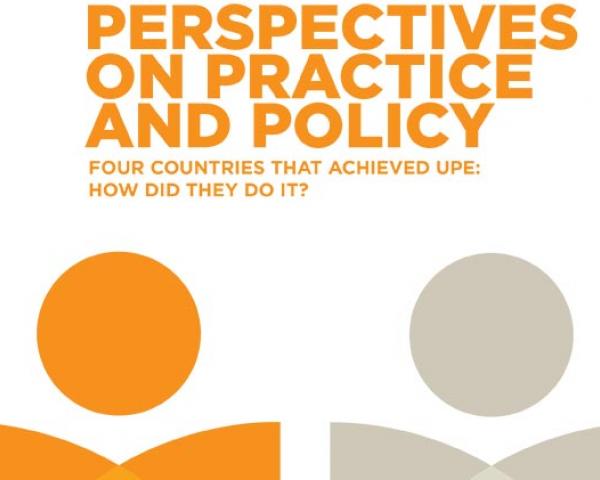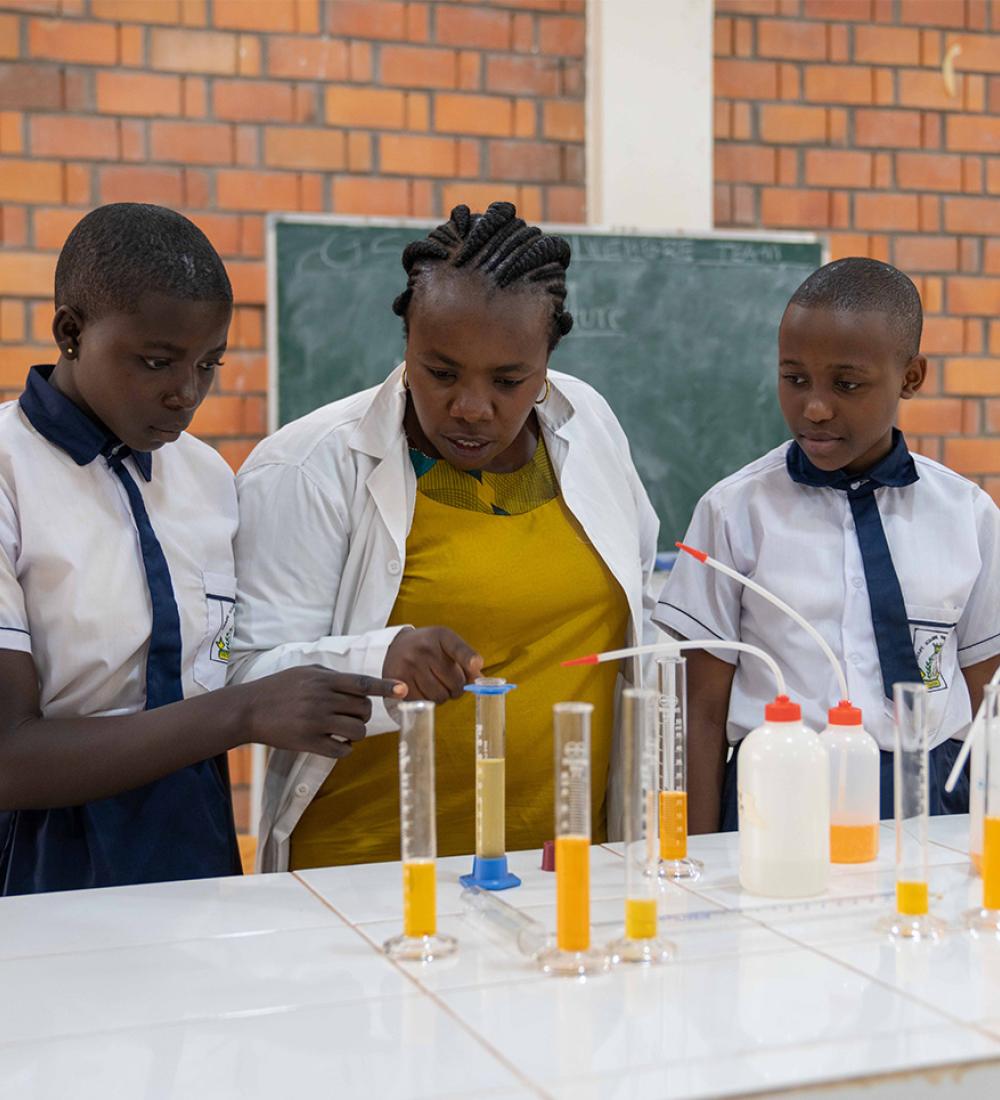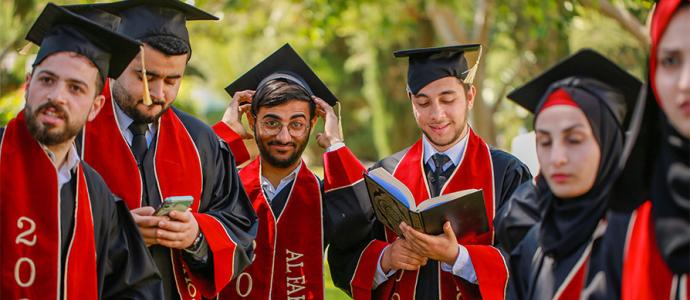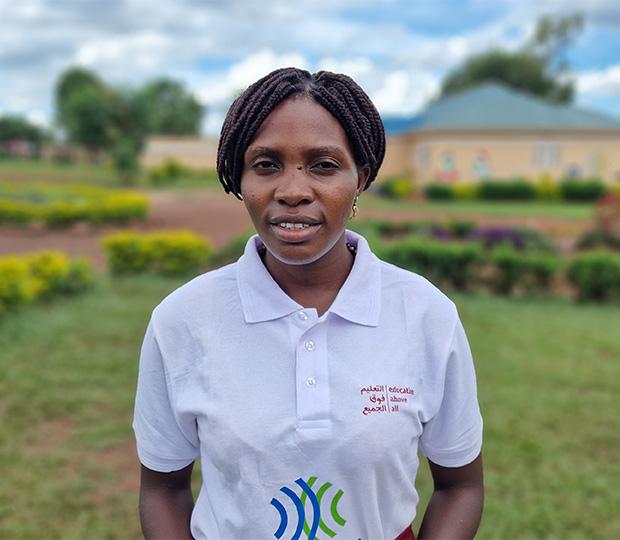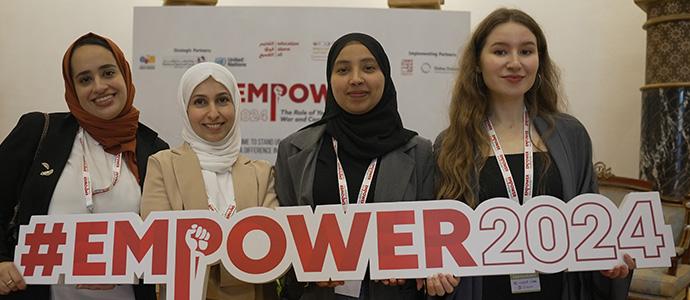Enabling Readiness for Post Primary Transition
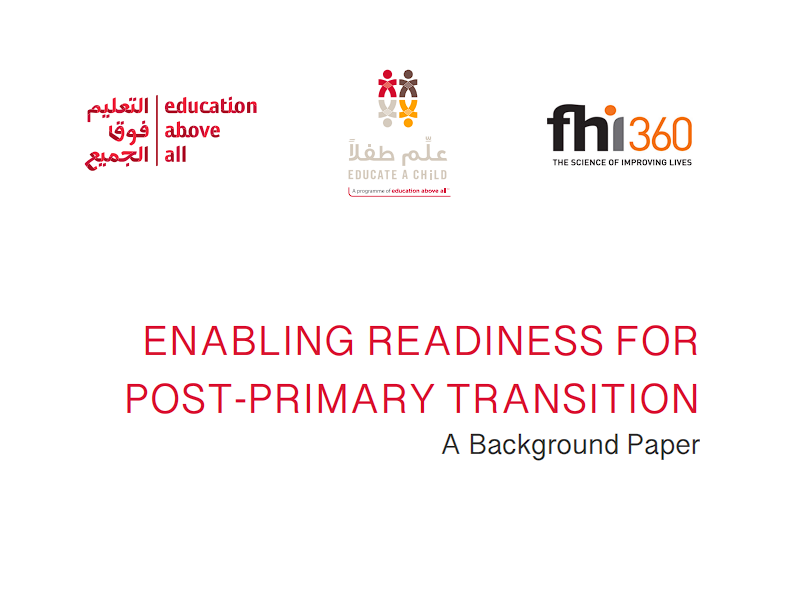
As access to primary education has improved, the global community has increased attention to access to quality secondary school and non-formal programmes. It is increasingly recognised that the critical thinking, communication and collaboration skills developed at this level underpin successful participation in the modern economy and democratic institutions. Secondary school attainment has also been associated with other benefits, including improved health, lower infant mortality, and greater societal equity. At the same time, more widespread secondary school participation begets more substantial primary-school outcomes. No country has achieved universal primary-school completion where transition rates to lower-secondary school remained weak because widespread access to secondary education is essential for producing sufficient primary-school teachers and because accessible, quality secondary education motivates primary-school participation and completion. Despite meaningful progress in the past three decades, primary completion and transition to post-primary remain crucial areas of need, especially in low-income settings.






